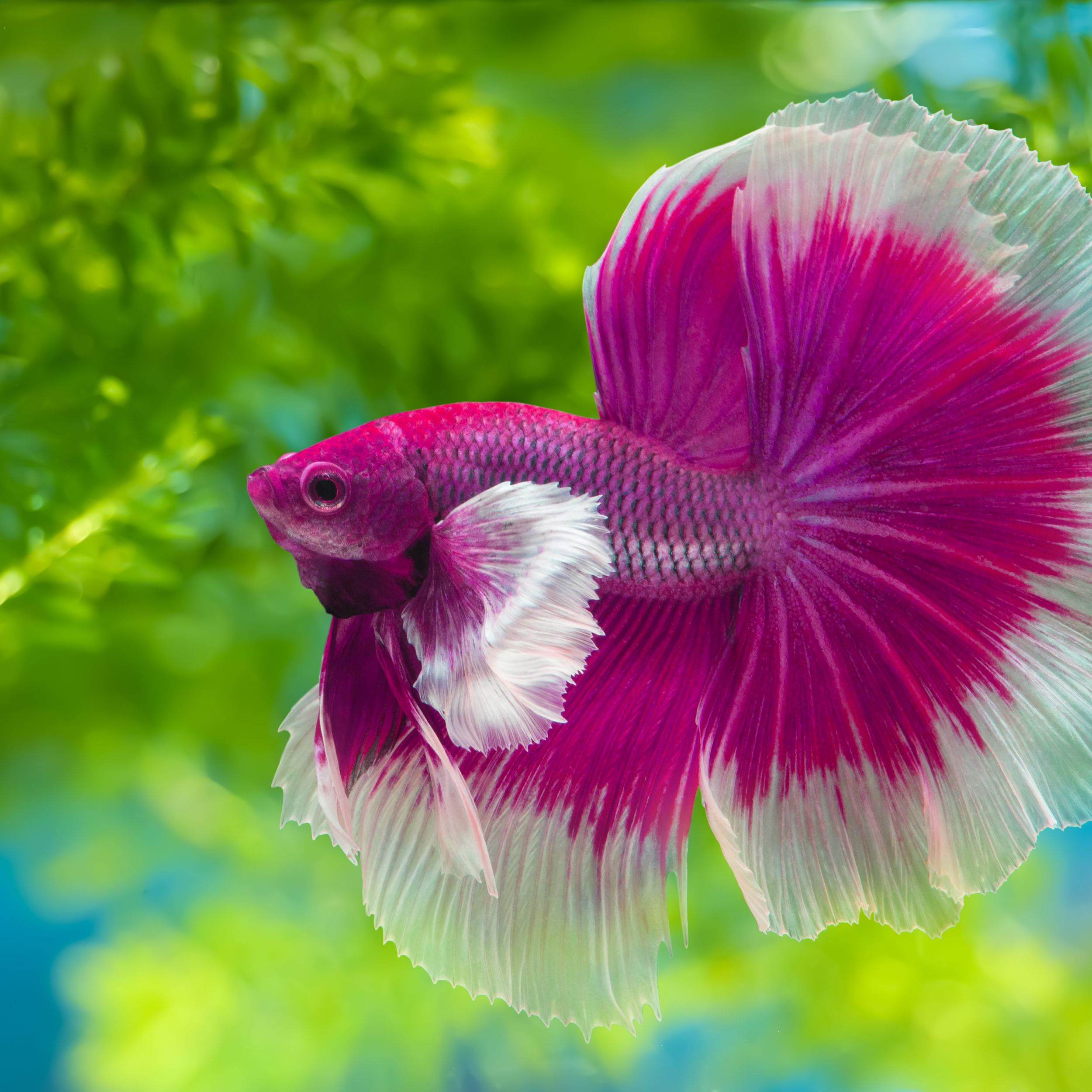Everything About Betta Fish: Recognizing Their Distinct Requirements, Actions, and the Finest Practices for Optimum Care
Comprehending the unique requirements and behaviors of Betta fish is essential for any type of aquarist looking to offer ideal treatment. These captivating animals, native to the warm waters of Southeast Asia, show distinct territorial tendencies and call for certain ecological conditions to prosper. From choosing the right container size to identifying prospective health concerns, different elements considerably influence their health. As we check out these elements further, the ramifications for both amateur and knowledgeable fish keepers come to be progressively noticeable, questioning concerning how best to accommodate these impressive fish in our homes.
Betta Fish Summary
Although commonly appreciated for their vibrant colors and moving fins, Betta fish, clinically called Betta splendens, are complicated animals that call for particular treatment to prosper. Stemming from Southeast Asia, these freshwater fish are known for their territorial nature and one-of-a-kind behaviors. Betta fish show sexual dimorphism, with males showing extra vivid colors and longer fins than ladies.
Their aggressive tendencies, particularly amongst males, demand careful factor to consider when real estate them. Bettas are typically maintained in single-specimen tanks to avoid territorial disputes. They can exist side-by-side in harmony with specific compatible species in larger neighborhood storage tanks, supplied the atmosphere fulfills their demands.

To ensure optimum treatment, aquarists need to understand their unique behavioral attributes, dietary requirements, and habitat demands. betta fish. With appropriate interest, Betta fish can exhibit their vibrant personalities and flourish in a well-kept fish tank setting
Natural Environment and Setting
Betta fish thrive in a diverse variety of natural environments, mainly located in the superficial waters of Southeast Asia, consisting of rice paddies, swamps, and slow-moving streams. These settings are identified by cozy temperature levels, generally in between 75 ° F and 82 ° F(24 ° C and 28 ° C ), and a pH level varying from 6.5 to 7.5, which is suitable for their health and health.
In their natural environments, Betta fish are accustomed to dense plants, providing both sanctuary and reproducing premises. The existence of plants such as drifting water lilies and thick turfs not only uses defense from killers yet additionally adds to the oxygenation of the water, which is necessary for their breathing requirements. Additionally, these environments usually have areas of still water, allowing Betta fish to exhibit their natural behaviors such as bubble nesting.
Comprehending the all-natural habitat of Betta fish is critical for aquarium lovers. Duplicating these conditions-- with water temperature, pH equilibrium, and the incorporation of live plants-- can considerably improve the overall health and long life of these exciting fish, ensuring they grow in a home aquarium setup.
Social Actions and Interactions
Comprehending the social habits and communications of Betta fish is important for successful fish tank monitoring. Betta fish, or Siamese combating fish, are known for their one-of-a-kind behavior attributes, defined mostly by territoriality and aggressiveness. Men, in specific, show very aggressive habits towards one an additional, leading to the well-known credibility of Betta fish as boxers. In a constrained space, 2 males can engage in violent conflicts, usually leading to injury or death.
On the other hand, female Bettas display much less aggressive habits and can exist together in teams, called sororities, if presented properly. Nevertheless, it is essential to check their interactions carefully, as pecking order and supremacy can lead to conflicts. Comprehending the characteristics within a Betta community is crucial; establishing concealing spots and ensuring sufficient room can alleviate aggressiveness.
Additionally, Betta fish may additionally show interest and social actions towards various other varieties. While they can coexist with particular non-aggressive tank mates, it is vital to pick suitable types to stay clear of anxiety and aggression. In general, identifying these social interactions is key to cultivating an unified aquarium setting for Betta fish.
Important Treatment Guidelines
Giving proper care for Betta fish is important to their health and health. Normal water adjustments-- about 25% click over here now weekly-- help maintain water high quality.
Betta fish require a suitable tank size; a minimum of 5 gallons is suggested to give ample area for swimming and hiding. Include decorations and plants to create a stimulating environment, but avoid sharp objects that could harm their fragile fins.

Lastly, make sure the container is geared up with a filter to keep the water tidy, yet use a gentle filter to avoid strong currents that can stress the fish. By complying with these vital care guidelines, owners can promote a healthy and balanced and vivid Betta fish.
Common Health Issues and Solutions
In the care of Betta fish, recognition of common wellness problems is vital for preserving their health. One common concern is fin rot, frequently brought on by inadequate water top quality or microbial infection. Signs consist of frayed or discolored fins. To treat fin rot, boost water conditions and think about making use of a broad-spectrum antibiotic.
One more common ailment is ich, a parasitic infection defined by white spots on the fish's body (betta fish). Treatment includes boosting water temperature and including aquarium salt to the tank, as this can assist eliminate the bloodsucker
Swim bladder problem is additionally frequently observed, leading to buoyancy issues. This problem may emerge from overfeeding or irregular bowel movements. A fasting period of 24-48 hours, adhered to by a diet plan of blanched peas, can give relief.
Lastly, bettas might struggle with velvet condition, indicated by a gold dust-like look on have a peek at this website their skin. Treatment generally requires drug especially created for exterior parasites, along with improved container health.
Normal tracking of water parameters, maintaining a tidy environment, and providing a balanced diet regimen are crucial precautionary actions. By addressing these health and wellness concerns without delay, Betta fish can lead healthier, much more lively lives.
Verdict
In recap, successful betta fish care needs an understanding of their special demands and actions. Offering an ideal setting, consisting of proper storage tank dimension and water conditions, is essential for their well-being. In addition, identifying their territorial nature and making certain adequate concealing places can avoid hostility. Regular monitoring of health and wellness and water top quality, together with a well balanced diet regimen, contributes to the find more info long life and vibrancy of betta fish. Adhering to these standards will promote a growing marine community for these fascinating creatures.